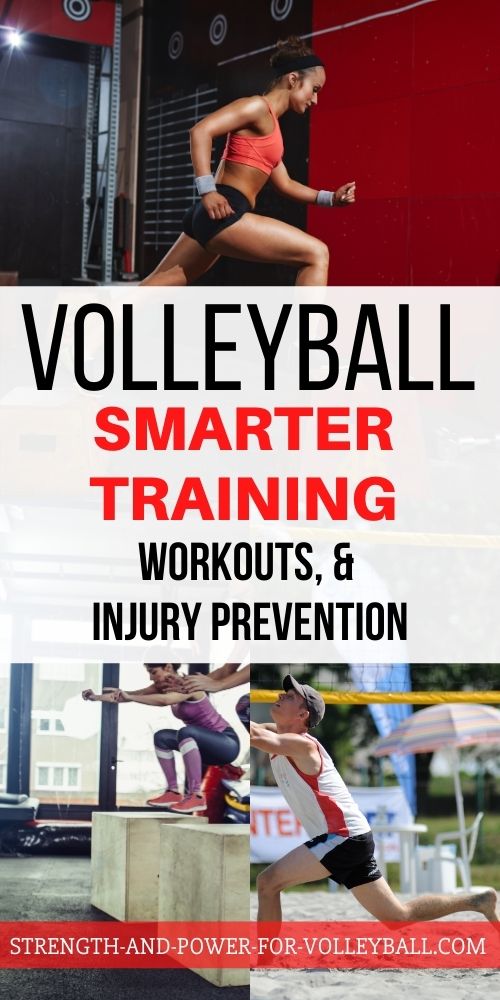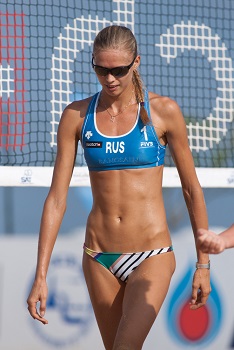Training for Volleyball
Basics of Strength and Conditioning
Training for volleyball basics. Functional training is essentially, "training that makes sense".
Sports Functional Training
Function basically means purpose. If your training is more functional then
your training has more purpose.
Functional training has been mislabeled as sport-specific by many coaches and athletes.
Actions such as sprinting, jumping, and overhead striking are athletic
skills that apply to many sports.
In volleyball, for example, exercises that involve jumping would be considered sport specific.
Functional training takes it a step further. For example, an exercise that isn't specific to a movement on the volleyball court such as a physioball leg curl would be consider functional but not necessarily sport-specific. A better example might be a front plank. The front plank strengthens the core which improves your balance and strengthens core stabilizer muscles.
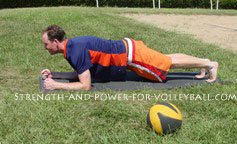
Front Plank
Along with helping prevent injuries, improving stabilization strength will improve athletic movements in volleyball.
How to Train More Functional
When people first learn about functional training for volleyball, they probably hear
trainers talk about tools used to improve mobility and stability such
as balance balls.
The theory is that if you improve your stability, you'll be more functional for sports.
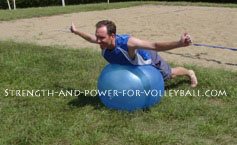
Strengthening the Muscles Around the Shoulder Blades to Improve Prevent Injury
How many sports are played in a rigid environment where stability is provided by an outside source?
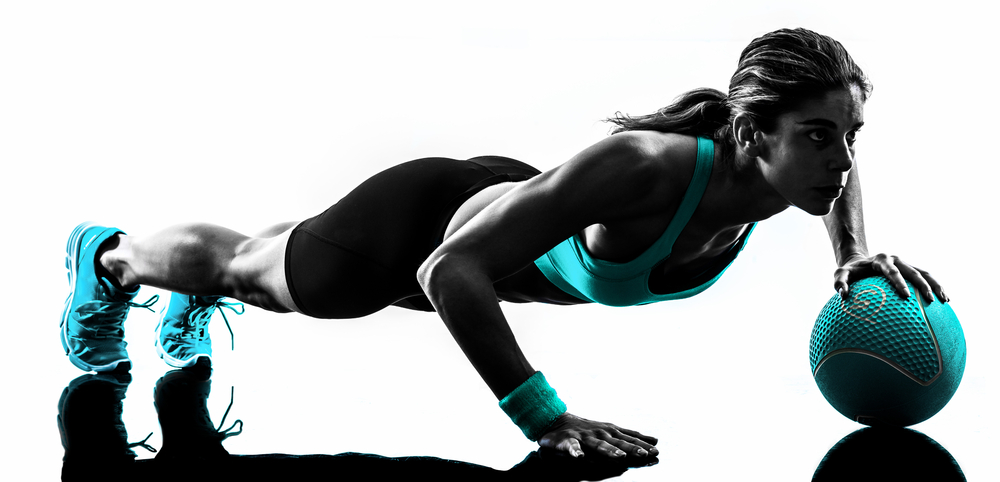
Not hardly any. Most sports are played on a field or court. The stability is
provided by the athlete, not some outside source.
This reasoning tells us that machine-based training where the load is
stabilized by the machine is considered non-functional because the
athlete isn't
stabilizing the load.
An athlete that has good stability would have the ability to retain
balance while experiencing factors that disturb balance.
Basically, skilled athletes are able to employ certain tactics to
increase their stability under oncoming forces, practically bracing
themselves to be immovable.
In volleyball, a player that has good stability is a player that can
slow down really quickly and get in position to make the play.
Good stability also promotes quick change of direction movements.
Volleyball is a sport where you constantly anticipate your opponent,
making quick multi-directional movements. Strength, speed, and stability
is often the difference between getting there to make the play and not.
If you enjoyed these tips and would like to keep it close to you at any time, just save this pin to your Pinterest Volleyball Training Board.
Beach Volleyball
In beach volleyball
good stability is critical. The unstable surface (the sand) makes
playing volleyball on the beach much more difficult than playing on an
indoor court.
If you have ever watched professional beach volleyball, you'll notice
the athletes are built real strong and have well defined "core" muscles.
Inner core strength is the kind of strength that's absolutely necessary for these athletes to be able to
compete at a high level.
Build Core Strength for Beach Volleyball
How many sports are played by one joint acting in isolation?
No sport is played by one joint action in isolation. Functional training for volleyball focuses on multi-joint movements as much as possible.
More and more trainers are
training
athletes using a joint-by-joint philosophy that emphasizes more on building strength
by focusing on movement patterns and less focus is on training muscles in isolation.
Injury Prevention and Correcting Weakness
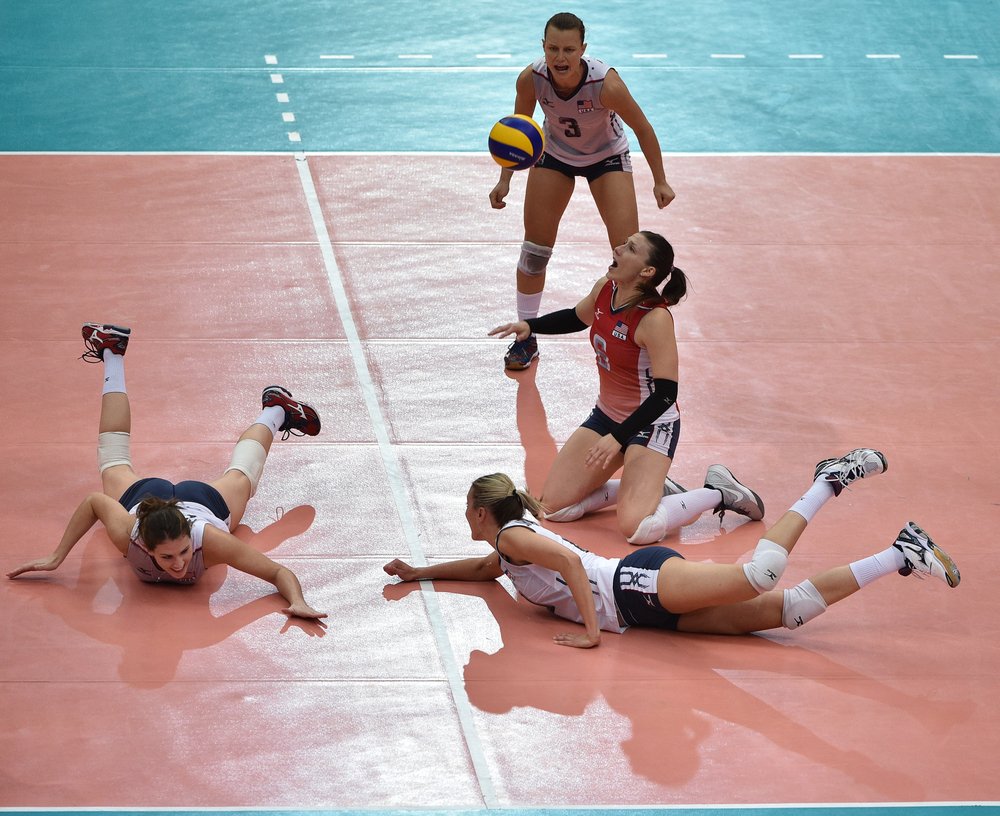
Coaches and athletes probably misunderstand energy links more than any other topic in strength and conditioning.
Everyone understands the injury when 2 athletes collide, but athletes
and coaches are constantly confused when an athlete's shoulder slowly
starts to hurt more and more or when low back pain starts to occur daily
in training.
"Sooner or later, athletes and coaches will realize that it's
worth the time to prevent injuries in the first place, rather than having to
treat injuries
later."
Preventing ACL Injuries
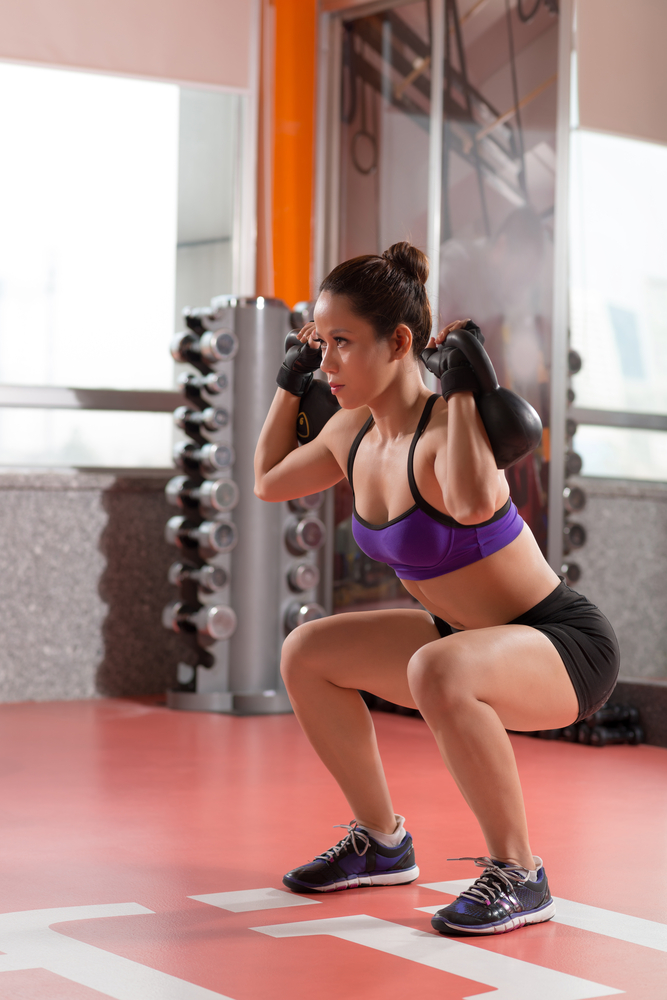
Most ACL injuries occur when an athlete who is too weak while attempting to land or change direction.
For ACL injuries in women, many studies point to physiological characteristics such as hip structure, knee
structure, or menstrual changes, but these factors can't necessarily be controlled. For example,
a trainer can't change the bone structure of an athlete.
However, you can control things such as single leg strength, both
concentric and eccentric strength, and landing skills through proper
strength training for volleyball.
A proper ACL injury prevention program needs to focus on two things...
- Single leg strength
- Landing and deceleration skills
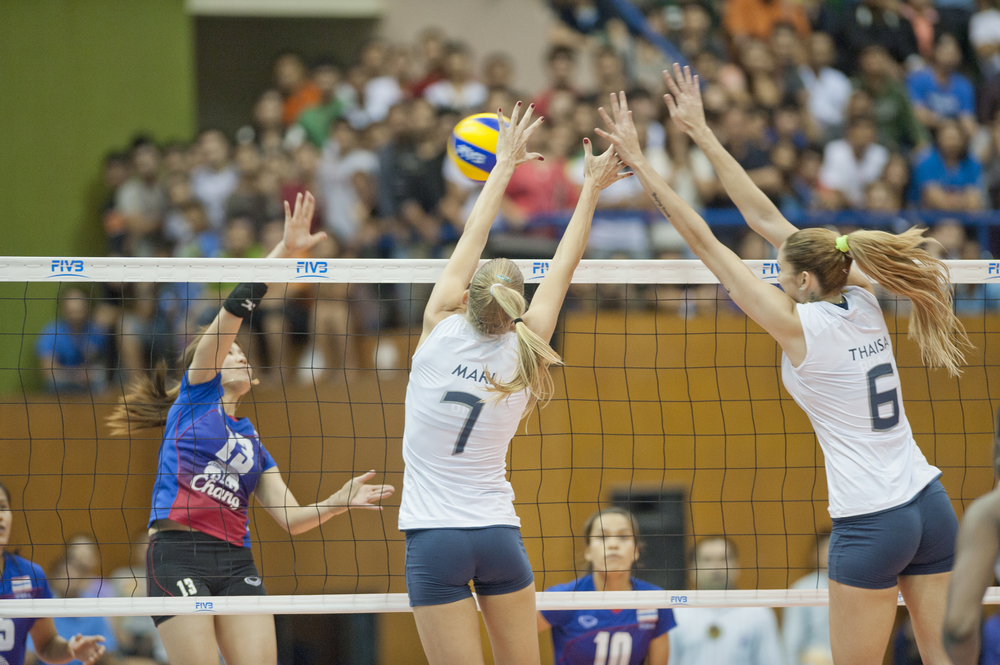
Strength in Blocking
Sport Specific Volleyball Training
It is important to train specifically for your sport. Sport specific movements such as
approach jumps, short sprints, multi-directional movements and overhead throwing exercises will help
improve a volleyball players performance.
A lot of sports have movements that overlap one another. For example, like
volleyball players, football players need to be quick and explosive to cover
short distances. Football players are different in that muscle mass is important
because of the strength and weight needed for the "player to player" contact during blocking
and tackling.
Volleyball players with excess muscle mass and fat have a disadvantage because
they aren't as quick and explosive. In volleyball, excess bodyweight will keep you from jumping high to hit and block.
Basketball players need both quickness and explosive jumping power. They
also need an aerobic endurance component that isn't needed by
volleyball players.
Then there are other sports like cross country, swimming, and cycling
that are completely different than volleyball. The athletes in these
sports need completely different
skills and should train in a different way.
Training for Volleyball... RUNNING a Marathon?
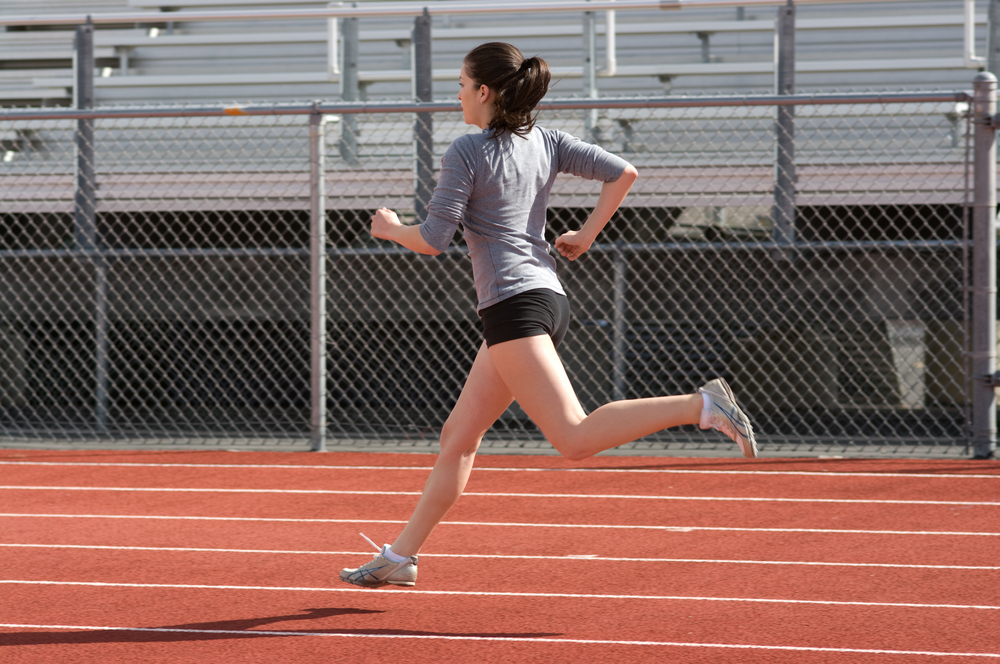
"Congratulations!
You're the fastest of the slowest athletes!"
Training for volleyball like these athletes will likely hurt your volleyball performance. For example, an athlete that is built mainly for
strength and power sports will likely perform poorly in long distance endurance
events such as a marathon race.
It's important to note that just because you perform poorly in a mile
run doesn't mean you are unconditioned
or "out of shape".
Strength and Power Athletes Perform Poorly at Long Distance Running
Strength and power athletes typically have a greater number of fast twitch muscle fibers, therefore, they will likely perform poorly in long distance (aerobic) competitions because athletes that are mostly fast twitch have muscles that carry less oxygen and can't sustain aerobic activity.
It's important to understand the difference between conditioning for volleyball
and conditioning for other sports.
Don't make the mistake of not learning how to train for volleyball the right way.
